Red, White, and Blue
The amazing diversity of flowers. Each bright color attracts a pollinator. Red beckons hummingbirds; yellow calls out to honey bees. Bumblebees prefer purple. Each blossom has instructions for the bees, flies, and beetles: lines and arrows and streaks to guide them to the heart of the flower where the nectar is hidden. Diversity is strength.
Read MorePoison Ivy: Hairy Vine
There are almost as many ways to climb trees as there are species of vines. Grapevines have curly tendrils that grab branches, while Virginia creepers use little suction-cups. Asian bittersweet corkscrews its way round and round the tree trunk. But poison ivy’s method of ascent is unique. Poison ivy gets to the top by growing thread-like rootlets all along the length of its stems. At first the rootlets appear as little patches that look like tufts of fuzzy hair. The furry roots secrete a glue-like substance which virtually cements the vine to tree or wall. As the main stem ages, more and...
Read MoreEver Green
The red and orange and gold leaves are gone, turned to crumpled brown paper. Now, in the dark days of winter, the evergreen trees come into their own. They’ve been there all along, of course, hidden by autumn’s lavish foliage. Now the green shines amid the bare branches. The spruces create a geometric shape, a long, narrow triangle against the skyline. Pines are ragged, unsymmetrical, lovably awkward. On north-facing slopes, graceful hemlocks shade the hillside. Sometimes the trees are frosted by snow, sometimes they sing in the wind. But the main thing about evergreens is that they’re...
Read MorePoison Ivy: Early Color
It’s summer, it’s warm and sunny and the leaves are all green and blowing in the warm breeze, and school is out and life is good and whoa! What’s that? A red leaf. It’s like seeing a “Back-to-School Sale!” sign in the mall. A sudden warning that the summer has once more fled away and fall is imminent. But it’s not a whole tree going gold or scarlet; that happens later, in fall, right? It’s not October yet. This is just a warning shot—a single leaf here, a branch there. A vine suddenly goes red as a traffic light, bringing you up short. Why, though? Why do some plants abruptly turn bright...
Read MoreIs Poison Ivy Shiny?
True or false? You can always spot poison ivy because it’s shiny. True, sometimes, especially in spring. False, most of the time.
Read MoreSpring Wildflowers: Fighting Back
Spring at last! We’ve survived the long bitter winter of snow and ice and bare branches. For us humans, winter is the rough season. But for plants, winter is spent dormant and snug under the snow. Spring is the time when they have to battle for survival. The first greenery is a welcome sight, not just for humans, but for rabbits, deer, slugs, insects and other herbivores, all thin and hungry and longing for a square meal. The first spring wildflowers unfurl into a world of hungry mouths waiting to eat them. An April trillium or hepatica runs a much greater risk of ending up in an herbivore’s...
Read More
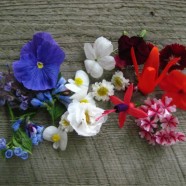
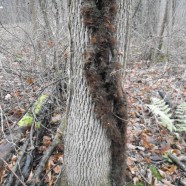
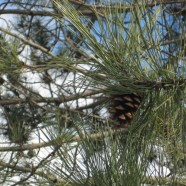
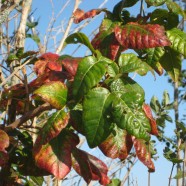
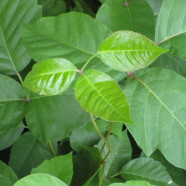
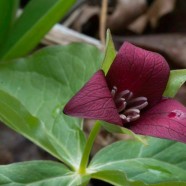




Recent Comments